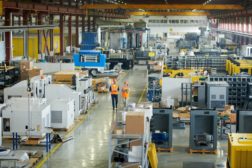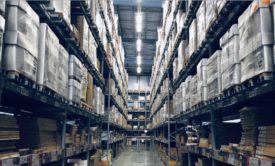Devin Partida
Devin Partida is an industrial tech writer and the Editor-in-Chief of ReHack.com, a digital magazine for all things technology, big data, cryptocurrency and more. To read more from Devin, please check out the site.
ARTICLES
Never miss the latest news and trends driving the safety industry
eNewsletter | Website | eMagazine
JOIN TODAYCopyright ©2024. All Rights Reserved BNP Media.
Design, CMS, Hosting & Web Development :: ePublishing









